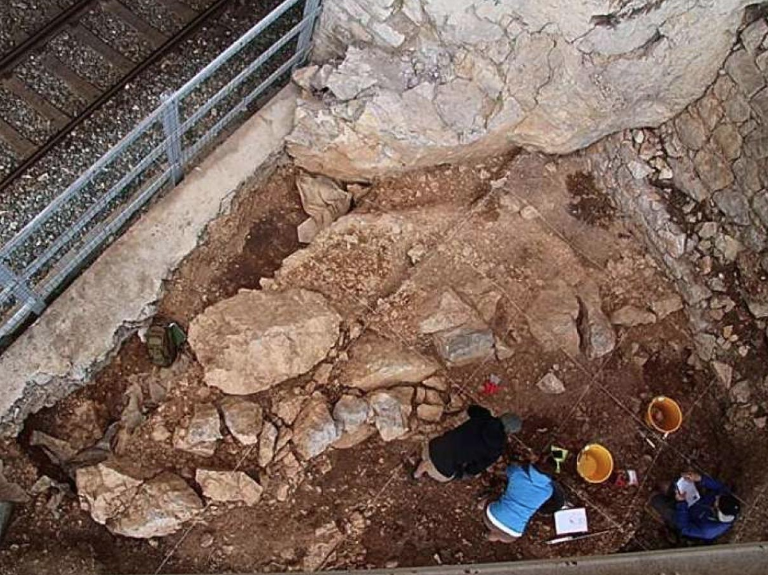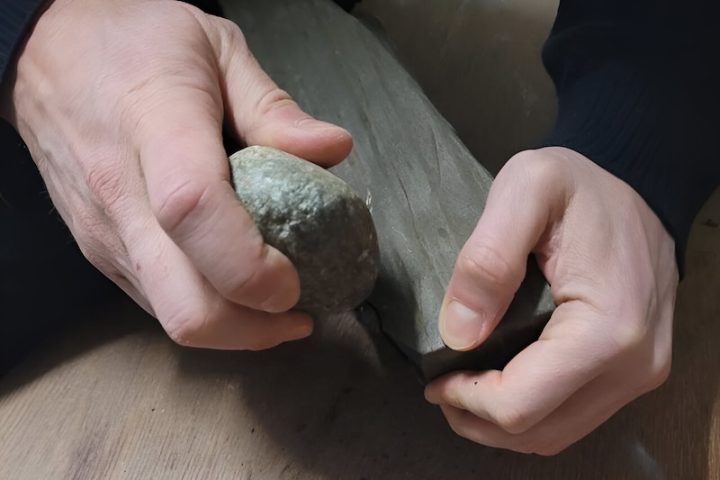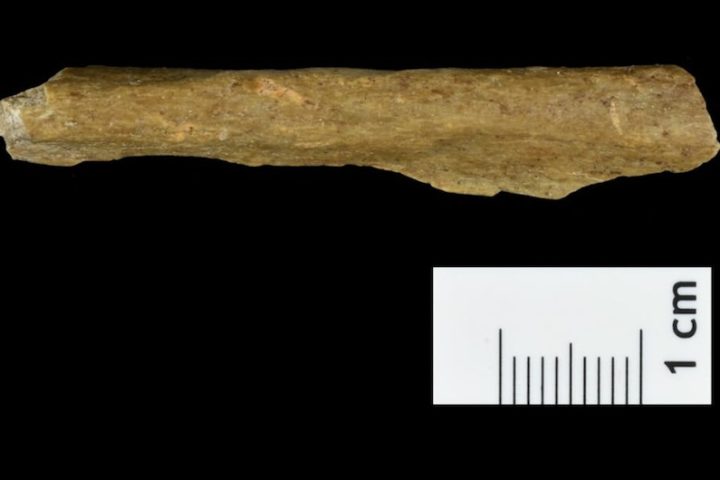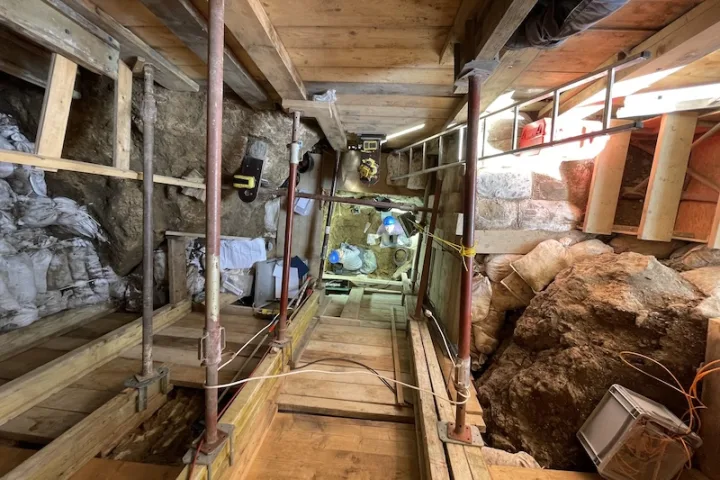A new study has revealed that Neanderthals organised their living spaces almost like modern humans, let alone being primitive.
Analysing tools and immovable finds from the historic site of Riparo Bombrini in north-western Italy, researchers found common patterns in the settlement patterns of the two populations.
The researchers mapped the distribution of stone tools, animal bones, ochre and shells on the surface of two layers of the site, dating from the time when both populations lived there.
By modelling the spatial characteristics of the site, scientists were able to identify patterns in the way these ancient people used the area and the activities they carried out there.
The analysis provided a comprehensive picture of the behavioural similarities and differences between these ancient populations.
The researchers found that both Neanderthals and Homo sapiens used their habitats by organising them into zones separated by high and low intensity activity.
This suggests that these ancient populations had a similar cognitive capacity for spatial organisation.
Both groups exhibited similar tendencies in filling the space; for example, the internal hearths of the residential area are located in the same position, while a rubbish pit is used in the same way in both layers.
Similar to modern humans, Neanderthals seem to have planned the spaces they used, taking into account the length of their stay, the types of activities they expected to undertake, and the number of people sharing the space.
The scientists also found some differences in the way the two populations used the space.
For example, artefacts in the layers inhabited by Neanderthals were less clustered.
Humans used the site alternately for short and long periods, whereas Neanderthals seem to have utilised it sporadically.
Overall, the findings reveal that both populations had a “basic logic” when using their domains, and point to “comparable cognitive capacities” of both modern humans and Neanderthals.
“Like Homo sapiens, Neanderthals organised their habitat in a structured way, according to the different tasks that took place there and their needs,” said co-author Amélie Vallerand of the University of Montréal in Canada. So this is another study that shows that Neanderthals were more ‘human’ than is generally thought,” she said.





